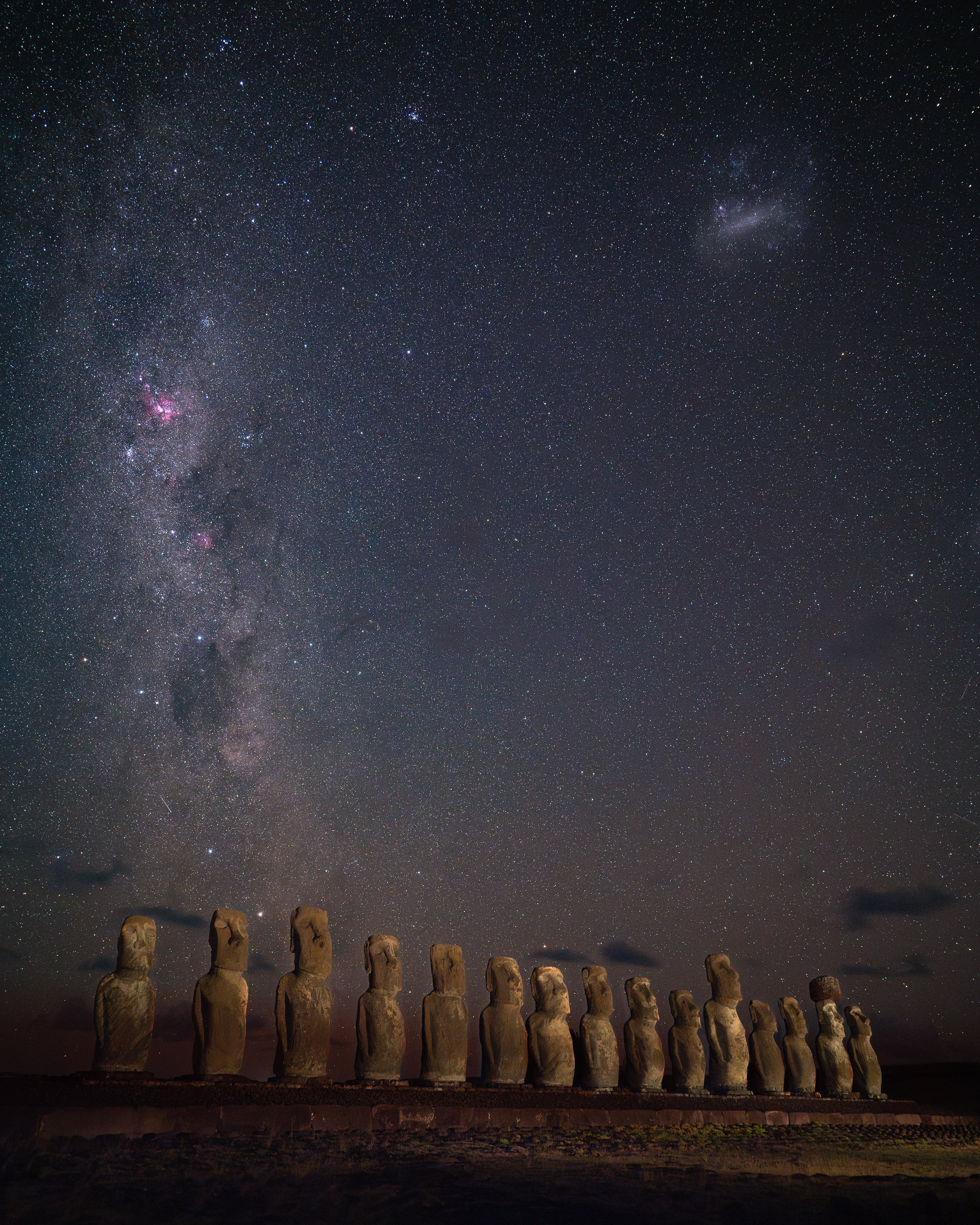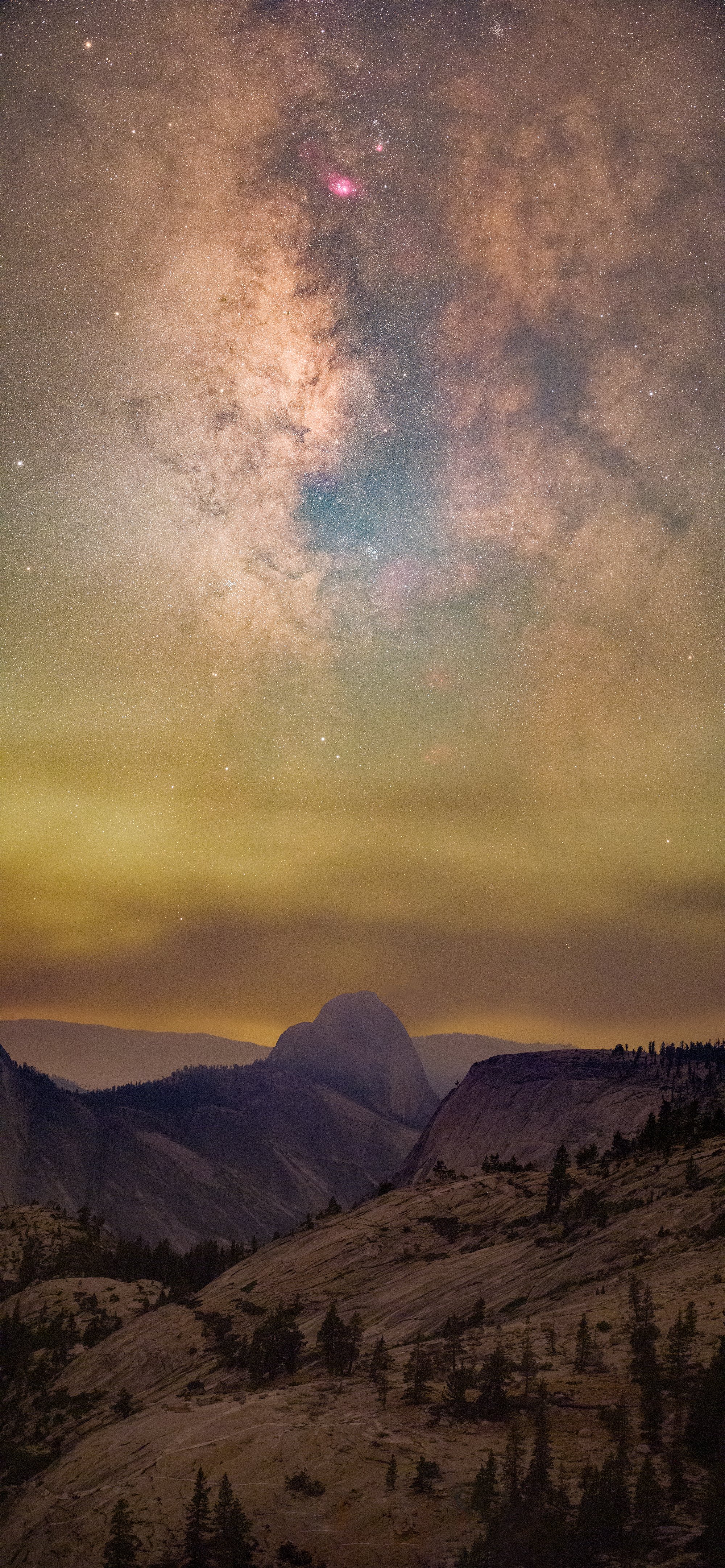We are thrilled to announce the 2024 Night Photo Summit!
This fourth annual virtual conference spans 3 days and highlights what’s new and exciting in the intersecting worlds of night photography, national parks and dark skies.
Since 2021 the summit has evolved and grown to gather photographers, artists, authors and astronomers from around the globe to share their passion for all things nocturnal.
The Night Photo Summit is here to scratch your itch, and promises education, inspiration and just plain fun. The nights may be cold now, and the Milky Way core might be hiding below the horizon, but with that comes the promise of a not-too-distant spring and the promise of new opportunities to get back out there and make stellar images.
Until then, we’re here with a cadre of new speakers and new topics to whet your appetite and to sow new ideas for the coming year. The summit is also a great way to connect with old friends and to make new ones, with multiple opportunities to network and socialize with both speakers and attendees.
Join us February 2-4, 2024, to experience 3 days of dynamic presentations from more than 35 luminaries who will light up your nights and your imagination.
SPEAKERS
We have felt immensely blessed to be able to work with so many top-notch speakers for the summit, and this year is no different. In addition to a few returning presenters, attendees will get to learn from and interact with 19 inspiring new voices.
The 2024 speakers include Sean Bagshaw, Royce Bair, Benjamin Barakat, Yuri Beletsky, Gabriel Biderman, Forest Chaput de Saintonge, Tim Cooper, Joshua Cripps, Alan Dyer, Daniel Freeman, Michael Frye, Kim Henry, Kerry-Ann Lecky Hepburn, Matt Hill, Melissa Kaelin, Marybeth Kiczenski, Lance Keimig, Tim Little, Pete Mauney, Andrew McCarthy, Brandon Nesbitt, Chris Nicholson, Eric Pare, Jessica Rojas, Jess Santos, Mike Shaw, Anthony Sleiman, Chris Smith, Babak Tafreshi, Adam Woodworth and Dan Zafra, with more to be announced in the next couple of weeks.
SESSIONS
This year’s summit features sessions on planning extraordinary images, shooting with drones at night, using weather apps and exploring urban night photography, as well as (of course) techniques including image capture, different ways of working with moonlight and star trails, black and white at night, post-processing and more.
There are classes for all levels, including a series of five pre-recorded presentations that cover all the fundamentals of night photography.
There are intermediate and advanced level courses, as well as instructive, inspirational and informative sessions covering a wide range of topics. All in all, the programming totals over 45 hours of learning and virtual adventure.
Sponsors & Giveaways
We are thrilled to announce that several sponsors are already on board! B&H Photo, Nightscaper Photo Conference, Sigma, Spencer’s Camera, Calibrite, Novoflex, Acratech, Chimani and Focus on Stars are raring to go, soon to be joined by more!
Each and every sponsor is offering giveaways to be randomly awarded at the summit’s final party. More info on that to come!
How to Join Us
If you’re into night photography, or if you want to get into it, this is an event you absolutely do not want to miss.
Tickets are $399, and include:
3 days, more than 35 instructors, over 45 hours of inspiration, instruction and fun
a Fundamentals series of video classes for newbies or anyone who wants a refresher
1 year of access to re-watch all of the courses
a live image review session
exclusive glow-in-the-dark summit T-shirt
personal access to product experts from manufacturers and developers sponsoring the event
giveaways throughout the duration of the summit
an unprecedented opportunity to connect with like-minded photographers passionate about the night
Moreover, if you purchase your ticket by January 13 at 2 p.m. EST, you’ll get your shirt and a swag bag before the summit!
(Note: shirts and swag bags will be mailed only to attendees with U.S. addresses, but we may be able to help those from other countries too. We’ll be in touch with more info after you register.)
Registration is available now, so sign up today and mark your calendars to join National Parks at Night for the world’s fourth online Night Photo Summit!
JOIN US ON SOCIAL MEDIA
As if all of that is not enough, we’ll be releasing plenty more information over the next few weeks. To stay tuned in to it all, we invite you to follow the summit social media accounts on:
Instagram: @nightphotosummit
Facebook: @nightphotosummit
X: @nightsummit
We are very much looking forward to seeing you online next month. In the meantime, feel free to ask us any questions via the social media accounts above, in the comments below, or through the Night Photo Summit webpage.
Seize the night … online!
















